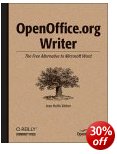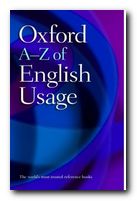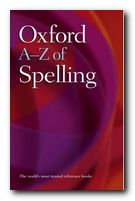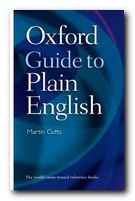![]() The Writer’s Workshop
The Writer’s Workshop
Writing skills, grammar, teaching notes, bibliographic style, tips, and plenty more.
http://www.cws.illinois.edu/workshop/
![]() Guide to Grammar and Writing
Guide to Grammar and Writing
Very good grammar guide, plus other resources.
http://www.englishgrammar.org/
![]() Purdue On-line Writing Lab
Purdue On-line Writing Lab
Purdue’s famous OWL, useful for general writing concerns
http://owl.english.purdue.edu/
![]() How to Cite Electronic Sources
How to Cite Electronic Sources
Practical examples from Library of Congress.
http://lcweb2.loc.gov/ammem/ndlpedu/start/cite/index.html
![]() The Elements of Style
The Elements of Style
William Strunk, Jr.’s original 1918 classic. The ‘bare bones’ approach to common problems.
http://www.bartleby.com/141/
![]() On-Line Study Resources
On-Line Study Resources
Style, grammar, essay-writing, citations and footnotes, plagiarism and presentation from the University of New South Wales.
http://www.lc.unsw.edu.au/olib.html
![]() WIRED Style
WIRED Style
Wired Magazine’s online version of their print publication Principles of English Usage in the Digital Age. A guide to writing and editing which looks at the problems thrown up by the new language of the digital age.
http://hotwired.lycos.com/hardwired/wiredstyle/
![]() alt.usage.english – Style FAQ
alt.usage.english – Style FAQ
Mark Israel’s Frequently Asked Questions covers common English usage questions, word etymology, online and offline references, and more.
http://www.english-usage.com/faq.html
![]() WebGrammar
WebGrammar
Judy Vorfeld’s excellent site covers some of the most common writing mistakes, including spelling, grammar and homonym errors.
http://www.webgrammar.com
![]() IEEE Computer Society Style Guide
IEEE Computer Society Style Guide
Handy if you wish to submit papers going to their journals, or do any work using their style.
Download the style guide here (PDF)
Here are some other UK journalism styleguides available online:
© Roy Johnson 2004
More on How-To
More on literary studies
More on writing skills

 1. Writer’s block is much more common than most people imagine. But it can be overcome. Don’t imagine that you should be able to write impeccably at your first attempt. Most successful writers make several drafts of their work. They edit what they write, correct mistakes, make additions and deletions, and generally re-write extensively. Writing fluently and clearly is an advanced skill.
1. Writer’s block is much more common than most people imagine. But it can be overcome. Don’t imagine that you should be able to write impeccably at your first attempt. Most successful writers make several drafts of their work. They edit what they write, correct mistakes, make additions and deletions, and generally re-write extensively. Writing fluently and clearly is an advanced skill.





